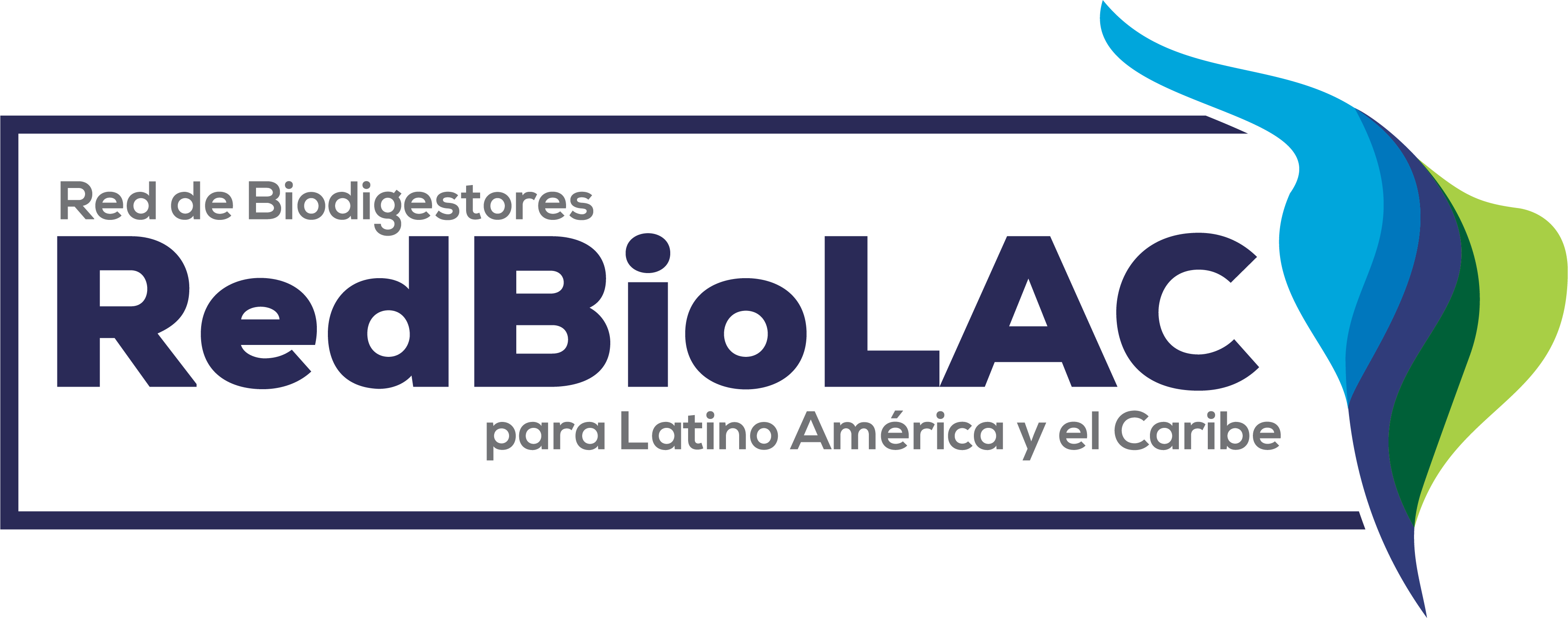Psychrophilic anaerobic codigestion of food waste and dog feces in a homemade biodigester: biogas production and thermal efficiency
Keywords:
Recovery of organic waste, Environmental management, Renewable energy, MethaneAbstract
The inadequate management of domestic organic waste generates several environmental and human health problems such as the generation of greenhouse gases, water contamination, spread of vectors and diseases. The biogas production of a full-scale digester was evaluated for the recovery of a mixture of food waste and dog feces. A two-phase tubular-type system was manufactured using 1.00 mm thick geomembrane with working volumes of 0.75 m3 and 0.25 m3 for the liquid and gas phases, respectively. Once the stabilization stage was completed, during the biogas production monitoring stage lasting 31 days under psychrophilic conditions, an average daily biogas production of 101.66 L was obtained, with an average composition of 59.36% methane, reaching an efficiency thermal of 39.95%. The average yield of the system was 188.41 L kg-1 of waste.
References
Abdel-Hadi, M. A. (2008). A simple apparatus for biogas quality determination. Misr J. Ag. Eng., 25(3), 1055–1066. http://www.mjae.eg.net/pdf/2008/july/25.pdf.
APHA. (2012). Standard Methods for the Examination of Water and Wastewater.
Castro, L., Escalante, H., Jaimes-Estévez, J., Díaz, L. J., Vecino, K., Rojas, G., & Mantilla, L. (2017). Low cost digester monitoring under realistic conditions: Rural use of biogas and digestate quality. Bioresource Technology, 239, 311–317. https://doi.org/10.1016/j.biortech.2017.05.035.
CCA. (2014). The Water Boiling Test Version 4.2.3. Cookstove Emissions and Efficiency in a Controlled Laboratory Setting. https://cleancooking.org/binary-data/DOCUMENT/file/000/000/399-1.pdf.
Dinuccio, E., Balsari, P., Gioelli, F., & Menardo, S. (2010). Evaluation of the biogas productivity potential of some Italian agro-industrial biomasses. Bioresource Technology, 101(10), 3780–3783. https://doi.org/10.1016/J.BIORTECH.2009.12.113.
Holliger, C., Astals, S., de Laclos, H. F., Hafner, S. D., Koch, K., & Weinrich, S. (2021). Towards a standardization of biomethane potential tests: a commentary. Water Science and Technology, 83(1), 247–250. https://doi.org/10.2166/WST.2020.569
INEGI. (2021). Encuesta Nacional de Bienestar Autorreportado (Enbiare).
Martí-Herrero, J., Soria-Castellón, G., Diaz-de-Basurto, A., Alvarez, R., & Chemisana, D. (2019). Biogas from a full scale digester operated in psychrophilic conditions and fed only with fruit and vegetable waste. Renewable Energy, 133, 676–684. https://doi.org/10.1016/J.RENENE.2018.10.030
Moy, V. (2022). Oaxaca entre basura. Centro de Investigación En Política Pública.
NIST. (2023). Water. Antoine Equation Parameters. Libro Del Web de Química Del NIST, SRD 69. https://webbook.nist.gov/cgi/cbook.cgi?ID=C7732185&Mask=4&Type=ANTOINE&Plot=on
SEMARNAT. Secretaría de Medio Ambiente y Recursos Naturales (2020). Diagnóstico Básico para la Gestión Integral de los Residuos. México, 2020. Acceso: 02 de octubre de 2021. Disponible en: https://www.gob.mx/cms/uploads/attachment/file/554385/DBGIR-15-mayo-2020.pdf
Sonda-Hernández, M., León-Galván, Ma. F., & Gutiérrez-Vargas, S. (2021). Generación de biogás como alternativa para aprovechamiento de heces caninas domésticas. RINDERESU, 5(2), 758–771. http://rinderesu.com/index.php/rinderesu/article/view/106.
Víquez, J., Caydiid, M., & Adhiambo Omondi, P. (2018). Evaluación de la eficiencia térmica en estufas fabricadas y modificadas a biogás. RedBioLAC, 2, 8–13. https://energypedia.info/images/1/1b/31._Eficiencia_termica_de_estufas_a_biogas.pdf.
Walsh, J. (1988). Handbook on biogas utilization. Environment Health and Safety Division Georgia Tech Research Institute.
Zhang, J., Hu, Q., Qu, Y., Dai, Y., He, Y., Wang, C. H., & Tong, Y. W. (2020). Integrating food waste sorting system with anaerobic digestion and gasification for hydrogen and methane co-production. Applied Energy, 257. https://doi.org/10.1016/j.apenergy.2019.113988
Zhang, L., Lee, Y. W., & Jahng, D. (2011). Anaerobic co-digestion of food waste and piggery wastewater: Focusing on the role of trace elements. Bioresource Technology, 102(8), 5048–5059. https://doi.org/10.1016/j.biortech.2011.01.082
Downloads
Published
How to Cite
Issue
Section
License
Copyright (c) 2023 Edwin Alfonso Zelaya Benavidez, Eva Luz Hernández-Teyssier, Deneb Peredo-Mancilla

This work is licensed under a Creative Commons Attribution 4.0 International License.





